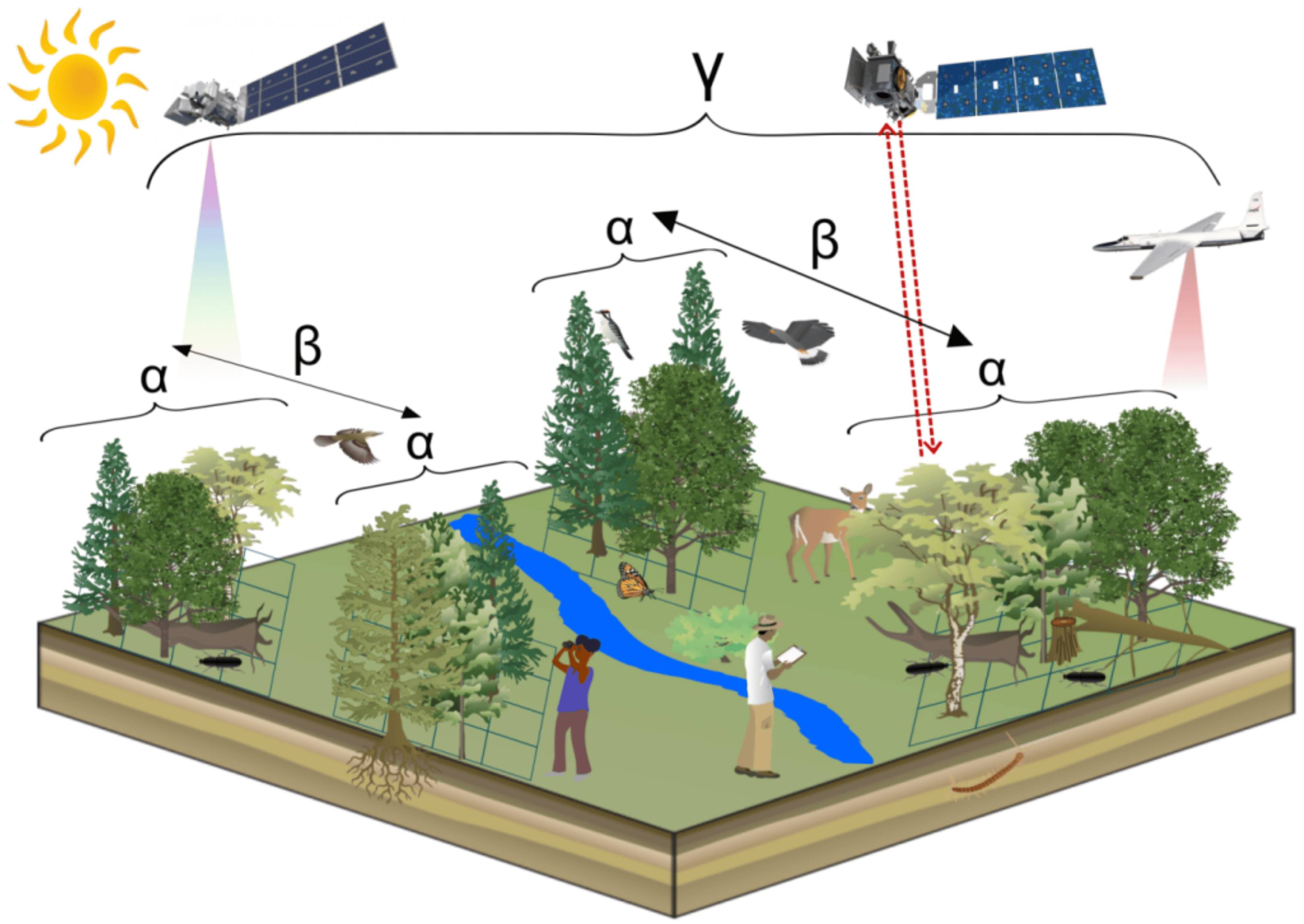Ten benefits of noninvasive animal identification techniques
Thanks to technological advancements and research methods, wildlife conservation and management have advanced greatly in recent years. One area that has seen significant progress is animal identification techniques.
- Reduced stress on animals
One primary advantage of noninvasive identification techniques is the minimal stress they cause animals. Traditional methods often involve capturing, handling, and sometimes even sedating animals, which can be traumatic and potentially dangerous.
- Increased safety for researchers
Noninvasive methods not only benefit the animals but also enhance the safety of researchers. Direct contact can pose significant risks when studying potentially dangerous or elusive species. In addition to reducing the risk of accidents or injuries, noninvasive techniques can collect data from a safe distance.
- Cost-effective data collection
Many noninvasive identification techniques are more cost-effective in the long run than traditional methods. While initial setup costs for equipment like camera traps or DNA analysis tools may be higher, they can provide continuous data collection without frequent field visits or expensive capture operations. It is likely that this efficiency will result in substantial savings in the long run.
- Improved accuracy in population estimates
Noninvasive techniques often allow for more comprehensive and accurate population estimates. Genetic analysis from hair or scat samples can provide precise information about individual animals, helping researchers avoid double-counting and obtain more reliable population data. This accuracy is crucial for effective conservation and management strategies.
- Minimal habitat disturbance
Traditional animal identification methods can sometimes lead to unintended habitat disturbance. Noninvasive techniques, on the other hand, have a much smaller ecological footprint. By reducing the need for physical presence in sensitive areas, researchers can minimize their environmental impact and avoid altering animal behaviour patterns.
- Long-term monitoring capabilities
Many noninvasive identification techniques are well-suited for long-term monitoring projects. For example, camera traps can be left in place for extended periods, continuously capturing data without needing constant human presence.
- Ethical considerations
As awareness of animal welfare issues grows, noninvasive identification techniques align well with ethical considerations in wildlife research. These methods respect animals’ well-being and minimize their natural behaviours.
- Versatility across species
Noninvasive identification techniques can be adapted for use with a wide range of species, from small mammals to large predators. This versatility makes them valuable tools for researchers studying diverse ecosystems and animal populations. Whether using thermal imaging for nocturnal animals or analyzing feathers for bird species identification, noninvasive methods offer flexibility in research approaches.
- Enhanced public engagement
Noninvasive techniques often produce visually appealing and easily shareable data, such as photographs or videos from camera traps. This type of content can raise wildlife conservation issues.
- Compatibility with citizen science initiatives
Many noninvasive identification techniques lend themselves well to citizen science projects. This involvement helps researchers gather more data and fosters a sense of community engagement in conservation efforts.
From reducing stress on animals check my blog to improving data accuracy and promoting public engagement, noninvasive techniques offer a wealth of advantages for researchers and wildlife alike. By staying informed about these innovative methods, we can all support more ethical and practical wildlife research and conservation efforts.

















